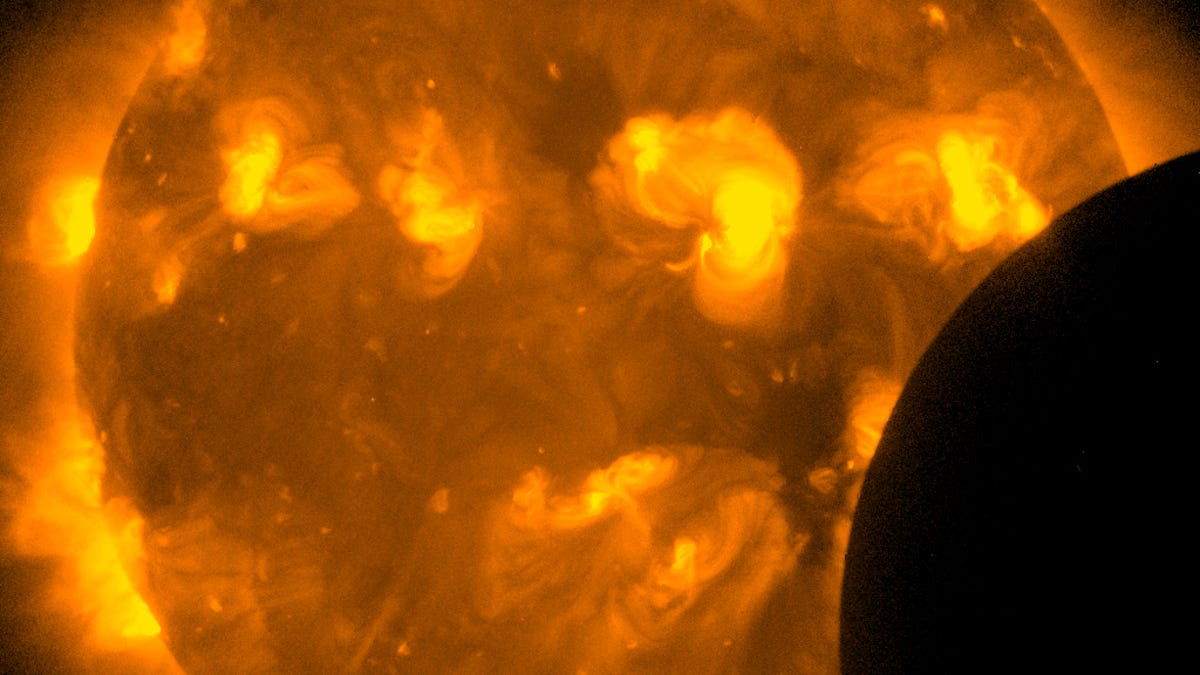Fiery annular solar eclipse to be broadcast live on Internet
Most of Earth's inhabitants won't be able to directly watch the moon pass in front of the sun on Thursday -- leaving only a golden ring around its edges -- but anyone can catch the action online.

It's that time again where certain people on Earth are lucky enough to see an annular eclipse, or "ring of fire."
People on the ground in much of Australia, Papua New Guinea, and the Solomon Islands will be able to gaze toward the sky Thursday evening and witness the eclipse. However, the rest of us, who aren't in that part of the world, can watch the action live on the Slooh SpaceCamera Web site via an Australia-based telescope.
An annular eclipse is no ordinary eclipse; it's a rare and spectacular occurrence. Rather than a complete blocking out of the sun, as seen in a total eclipse, a "ring of fire" will radiate from behind the moon as it passes in front of the fiery globe. Last year was the first time one had been observed in the U.S. since 1994.
"Because some of the sun is always exposed during the eclipse, ambient daylight won't seem much different than usual," NASA Science's Tony Phillips said about last year's eclipse. "Instead, the event will reveal itself in the shadows. Look on the ground beneath leafy trees for crescent-shaped sunbeams and rings of light."
This year's annular eclipse is scheduled to start at 2:30 p.m. PT (U.S. time). It will start in Western Australia and then track east toward the Solomon Islands.
Here is a map by NASA showing the eclipse trajectory:

